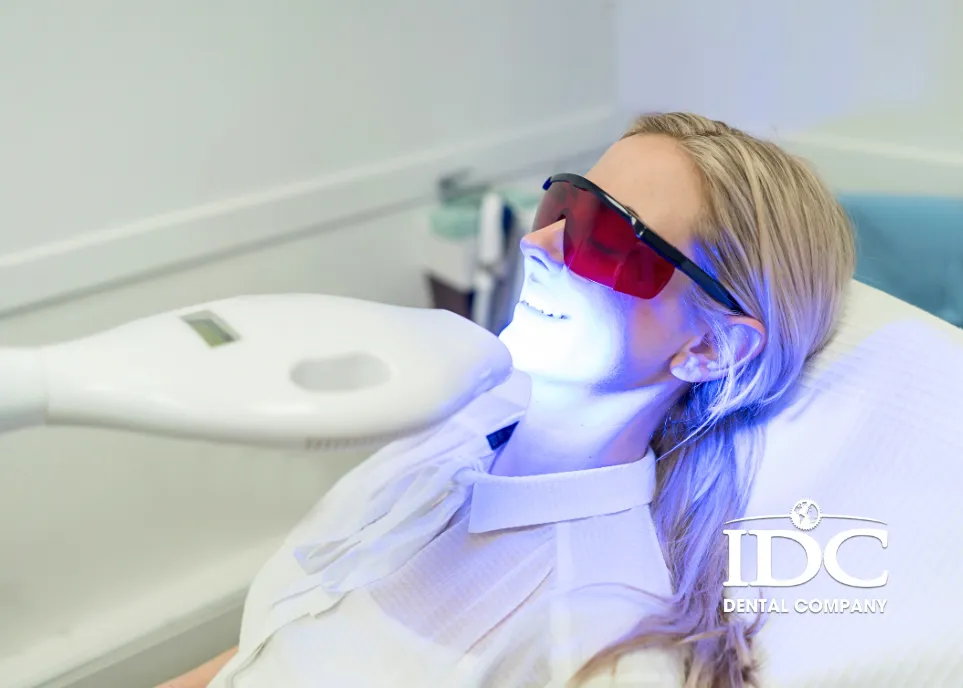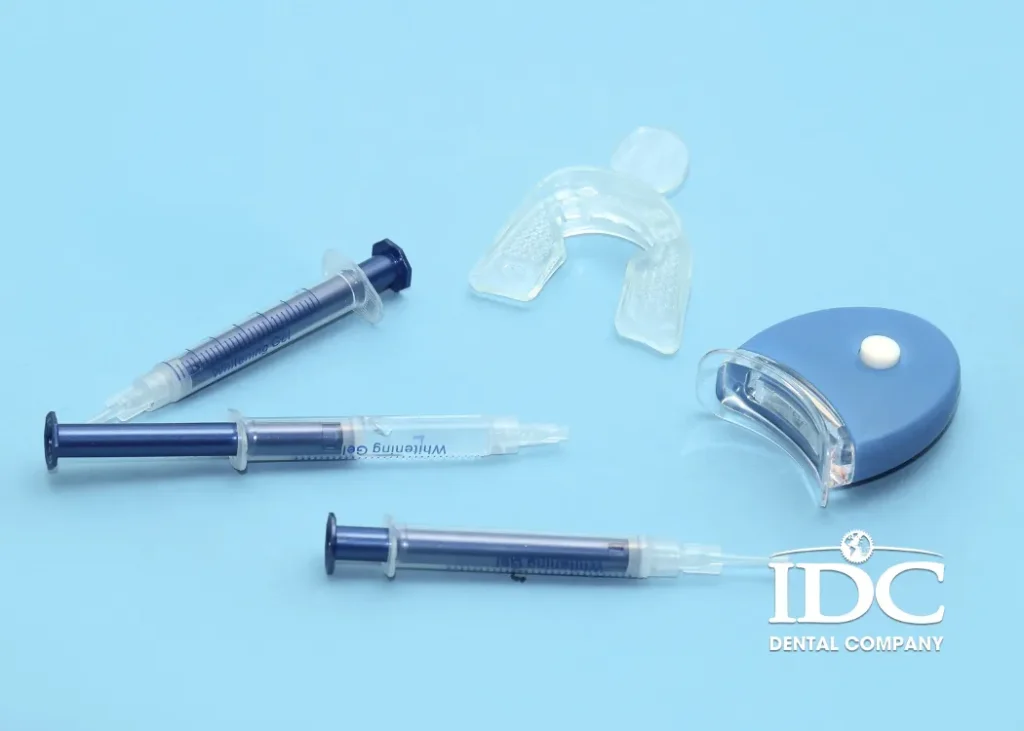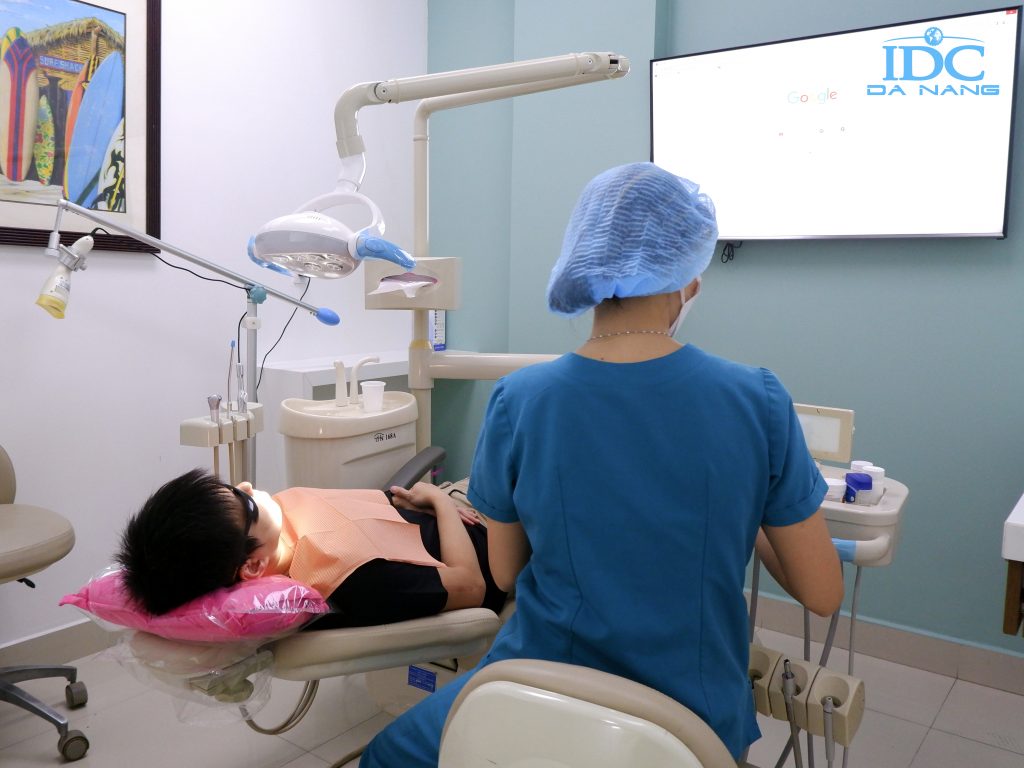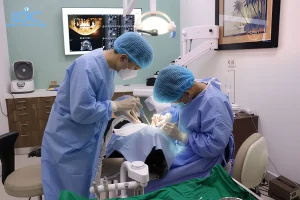Teeth Whitening
A radiant smile can instantly transform your appearance and boost your confidence. At IDC Danang Dental Clinic, our professional teeth whitening treatments help remove stains and discoloration caused by coffee, tea, smoking, aging, and everyday consumption. With advanced whitening systems, we deliver noticeable results while ensuring your teeth and gums remain safe and comfortable throughout the process.
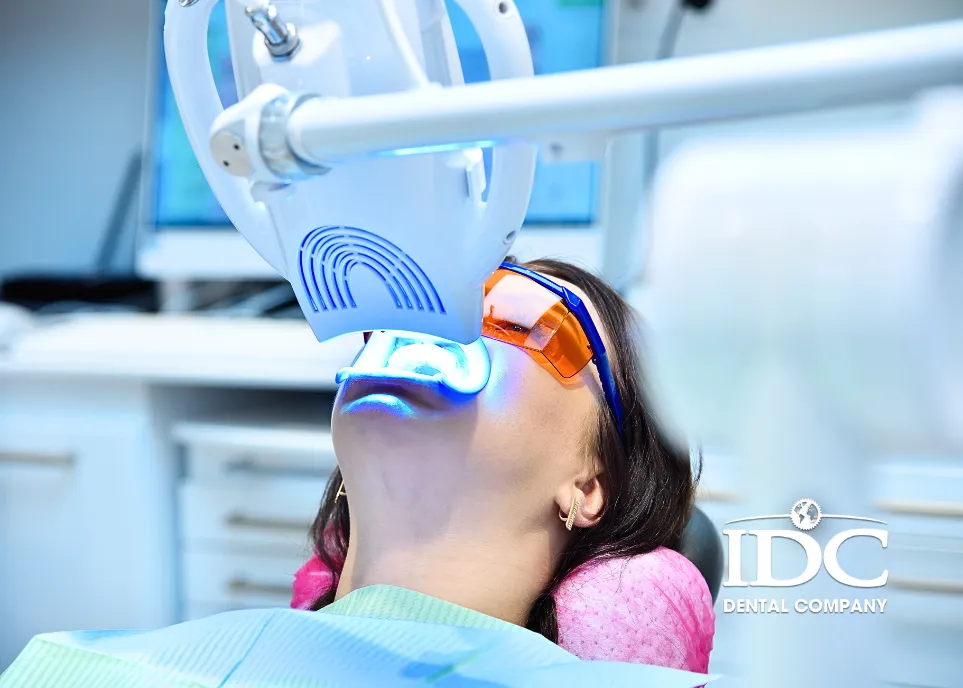

Why Choose Professional Teeth Whitening?
✔ Whitens teeth up to 2–3 shades brighter in a single session
✔ Safe for enamel, does not damage the tooth surface
✔ Reduces long-term staining caused by food, drinks & smoking
✔ Fast procedure (30–60 minutes) with immediate results
✔ Long-lasting whitening with proper maintenance
✔ Performed by experienced dentists — not a cosmetic spa treatment
Teeth Whitening Options at IDC Danang
Who Is a Good Candidate for Teeth Whitening?
- Discolored teeth from coffee, tea, wine, tobacco
- Yellow or stained enamel due to aging
- Uneven color caused by lifestyle habits
- Anyone wanting a brighter smile without damaging enamel
🚫 Not recommended for:
- Severe enamel erosion
- Untreated cavities or gum inflammation
- Pregnant/breastfeeding women (consult for assessment)
- Intrinsic discoloration (may require veneers or crowns)

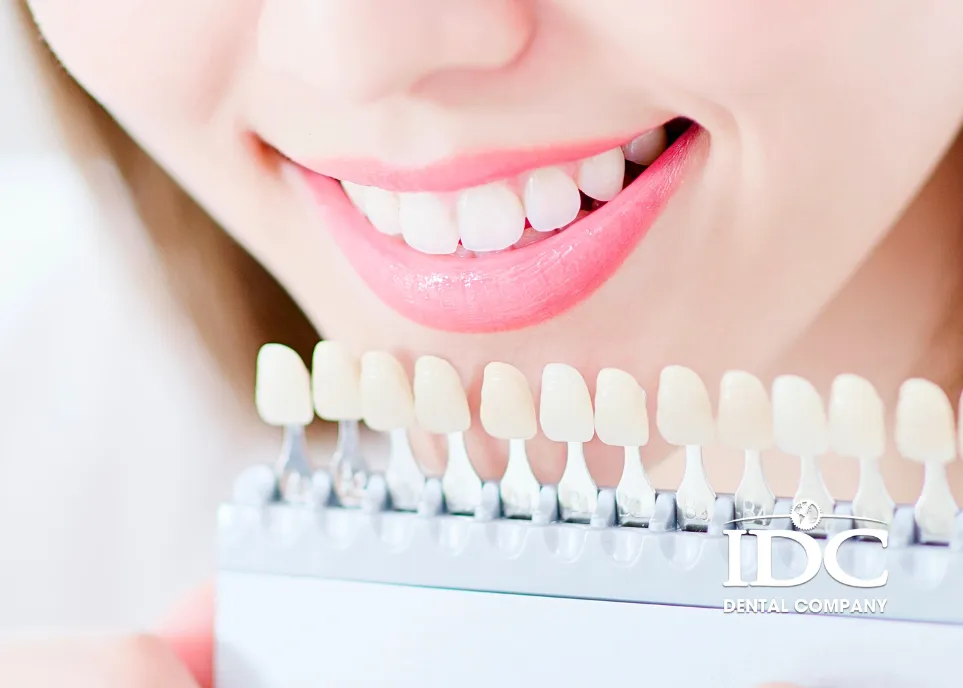
Post-Whitening Care Tips
- Avoid coffee, tea, wine, turmeric, and smoking for 24–48 hours
- Use a soft toothbrush & non-abrasive toothpaste
- Maintain good oral hygiene and regular dental cleanings
- Consider touch-up whitening every 6–12 months

